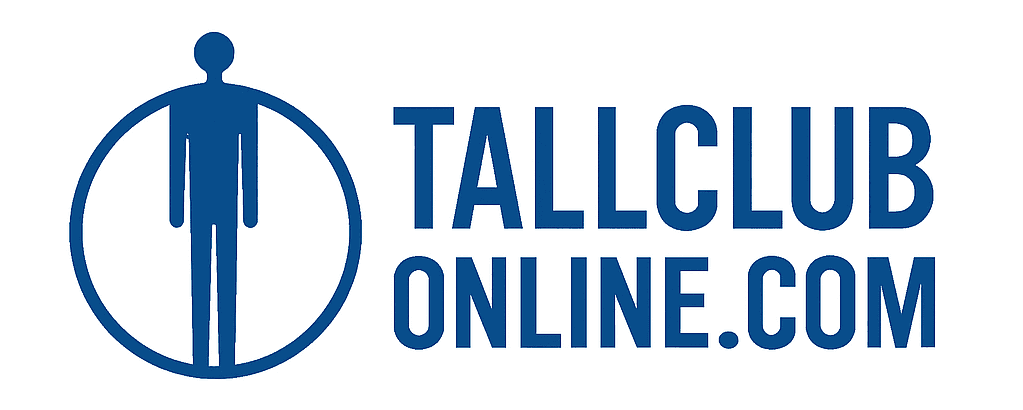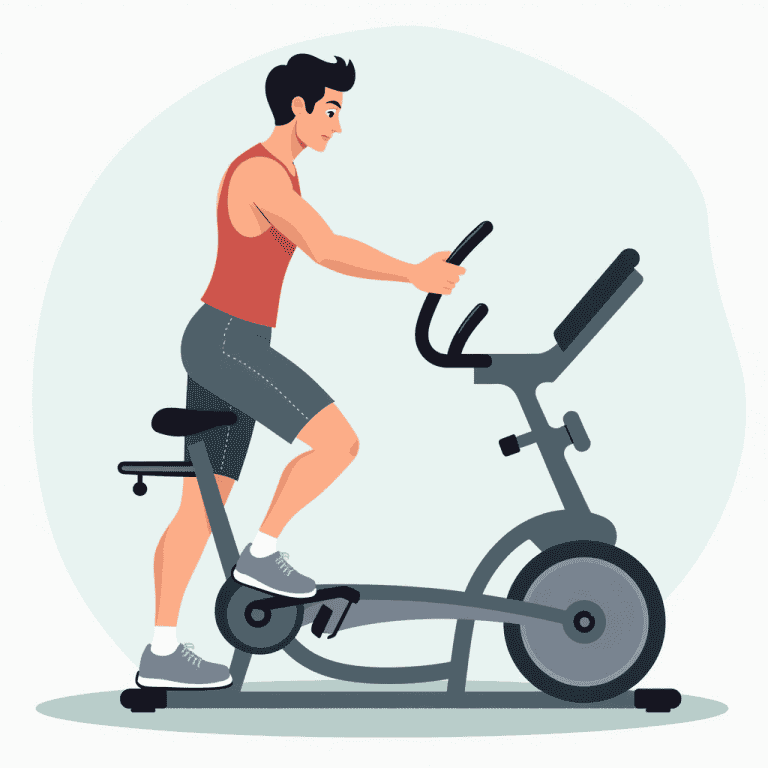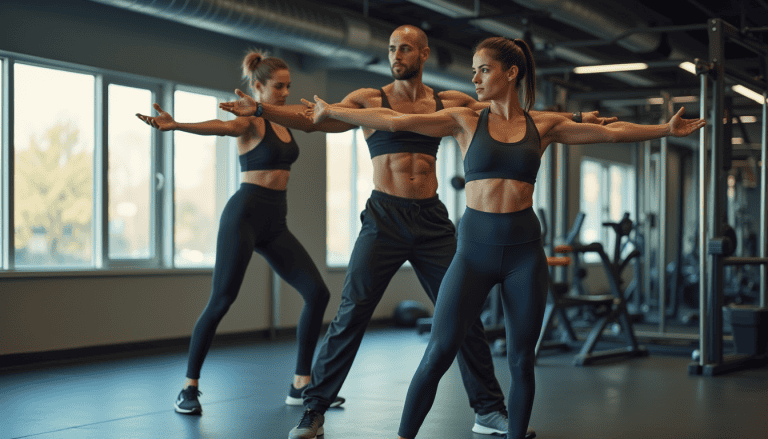Nutrition and Fitness for Tall Men and Women: Fuel Your Long Frame

Tall individuals often face unique challenges when it comes to fitness and nutrition. With longer limbs and a taller frame, your body requires more energy to maintain optimal health and performance. Proper nutrition is crucial for fueling your workouts, supporting muscle growth, and preventing injuries. Additionally, a tailored fitness plan that addresses the specific needs of your body is essential to maximize strength and overall health.
In this article, we’ll dive into the importance of nutrition and fitness for tall men and women, offering practical advice on how to fuel your long frame for optimal performance and health.
Why Nutrition Matters for Tall Bodies
Tall people have larger frames, which means they generally require more nutrients to support their bodily functions and maintain an active lifestyle. Whether you’re trying to build muscle, lose weight, or simply maintain your current health, understanding the importance of nutrition is key.
1. Higher Calorie Requirements
Tall individuals have a larger body mass, which naturally requires more calories to fuel daily activities and workouts. If you’re not consuming enough calories, you may feel fatigued, experience muscle loss, or struggle to recover from exercise. Understanding how many calories you need for your activity level and goals is crucial.
Calorie requirements for tall people:
Sedentary lifestyle: 2,000–2,400 calories per day
Moderately active: 2,400–2,800 calories per day
Very active: 2,800–3,200 calories per day
2. Macronutrient Distribution
The three main macronutrients — protein, carbohydrates, and fats — all play an important role in maintaining energy levels and supporting your fitness goals.
Protein: Essential for muscle growth and repair. Taller individuals may need slightly more protein to support their larger muscle mass. Aim for 1.2–2.0 grams of protein per kilogram of body weight.
Carbohydrates: Provide energy for physical activities, especially endurance training. Carbohydrates are the body’s preferred fuel source, particularly during high-intensity workouts.
Fats: Healthy fats are vital for hormone regulation, joint health, and energy. Focus on unsaturated fats, such as those found in avocados, nuts, and olive oil.
3. Micronutrients for Optimal Health
In addition to macronutrients, tall individuals should focus on micronutrients that support bone health, muscle function, and overall well-being. Essential vitamins and minerals include calcium, vitamin D, magnesium, and potassium, which help maintain bone density and muscle contraction.
Important micronutrients for tall individuals:
Calcium: Supports bone health, especially important for taller people who may be at risk for joint issues.
Vitamin D: Works with calcium to strengthen bones and regulate immune function.
Magnesium: Supports muscle function and recovery.
Potassium: Helps maintain fluid balance and prevent muscle cramps.
Fitness Tips for Tall Individuals
Along with proper nutrition, a well-structured fitness plan is vital for tall men and women to improve strength, flexibility, and overall health. Here are some key fitness tips to help you tailor your workout routine to your unique body.
1. Focus on Strength Training
Strength training is essential for tall individuals to build muscle mass, enhance bone density, and support overall body strength. Taller bodies often have longer levers, which means more effort is required to lift weights efficiently. Incorporating compound movements such as squats, deadlifts, and bench presses can help target multiple muscle groups at once.
Best strength training exercises for tall bodies:
Squats: Excellent for building lower body strength.
Deadlifts: Target the posterior chain, including the hamstrings, glutes, and lower back.
Push-ups and Bench Press: Focus on the chest, shoulders, and triceps.
2. Incorporate Functional Movements
Functional exercises that mimic real-life movements can help improve balance, coordination, and overall body control. These exercises help tall individuals engage their core and stabilize their joints.
Functional exercises to include:
Lunges: Improve stability and target the legs and glutes.
Kettlebell Swings: Strengthen the posterior chain while promoting flexibility and power.
Medicine Ball Throws: Help with rotational power and core stability.
3. Prioritize Flexibility and Mobility
Tall individuals often experience tight muscles and limited flexibility, especially in the hips, hamstrings, and lower back. Stretching and mobility exercises are crucial to prevent injuries, improve posture, and enhance overall movement quality.
Mobility exercises for tall individuals:
Hip Flexor Stretch: Improves hip mobility and reduces tightness in the lower back.
Hamstring Stretch: Helps lengthen tight hamstrings and prevent lower back pain.
Torso Twists: Enhance rotational flexibility in the spine and relieve stiffness.
4. Include Cardiovascular Exercise
Cardio is an essential part of any fitness plan, helping to improve cardiovascular health, burn calories, and enhance endurance. For tall individuals, low-impact cardio exercises such as swimming, cycling, or using an elliptical machine can reduce the strain on the joints.
Cardio exercises for tall bodies:
Swimming: A full-body workout that improves endurance without putting stress on the joints.
Cycling: Strengthens the legs and cardiovascular system with minimal impact on the knees.
Walking or Jogging: Great for overall health and calorie burning.
Healthy Meal Ideas for Tall Bodies
When it comes to nutrition, it’s important to focus on nutrient-dense meals that fuel your body for both workouts and recovery. Here are some meal ideas tailored to tall individuals:
Breakfast: Protein-Packed Oatmeal
1 cup of rolled oats
1 scoop of protein powder
1 tablespoon of chia seeds
Fresh berries for antioxidants
Lunch: Grilled Chicken Salad
4–6 ounces of grilled chicken breast
Mixed greens (spinach, kale, arugula)
Cherry tomatoes, cucumbers, and avocado
Olive oil and balsamic vinegar dressing
Snack: Greek Yogurt with Nuts and Honey
1 cup of Greek yogurt
A handful of almonds or walnuts
A drizzle of honey for sweetness
Dinner: Quinoa and Salmon Bowl
1 cup of cooked quinoa
4–6 ounces of baked or grilled salmon
Steamed broccoli and roasted sweet potatoes
Key Takeaways
Tall people have higher calorie and nutrient requirements due to their larger body mass.
Proper macronutrient balance is crucial, with an emphasis on protein for muscle growth, carbohydrates for energy, and healthy fats for overall well-being.
Strength training, functional movements, flexibility, and cardio should all be incorporated into a fitness plan for tall individuals.
Nutrition plays a vital role in fueling workouts, promoting muscle recovery, and maintaining overall health.
Meal planning with nutrient-dense foods can help you meet your energy needs and optimize fitness performance.
FAQ: Nutrition and Fitness for Tall Bodies
Q1: How many calories should tall individuals consume daily?
Caloric requirements vary based on activity level, but generally, tall individuals need anywhere between 2,000 and 3,200 calories per day depending on their lifestyle.
Q2: What types of exercises are best for tall people?
Strength training, functional movements, stretching, and low-impact cardio exercises are all effective for tall individuals to build strength, flexibility, and overall health.
Q3: How much protein do tall individuals need?
Tall individuals should aim for 1.2–2.0 grams of protein per kilogram of body weight to support muscle growth and recovery.
Q4: What are the best foods for fueling workouts?
Carbohydrates for energy, protein for muscle repair, and healthy fats for joint and hormonal health should be prioritized in pre- and post-workout meals.






